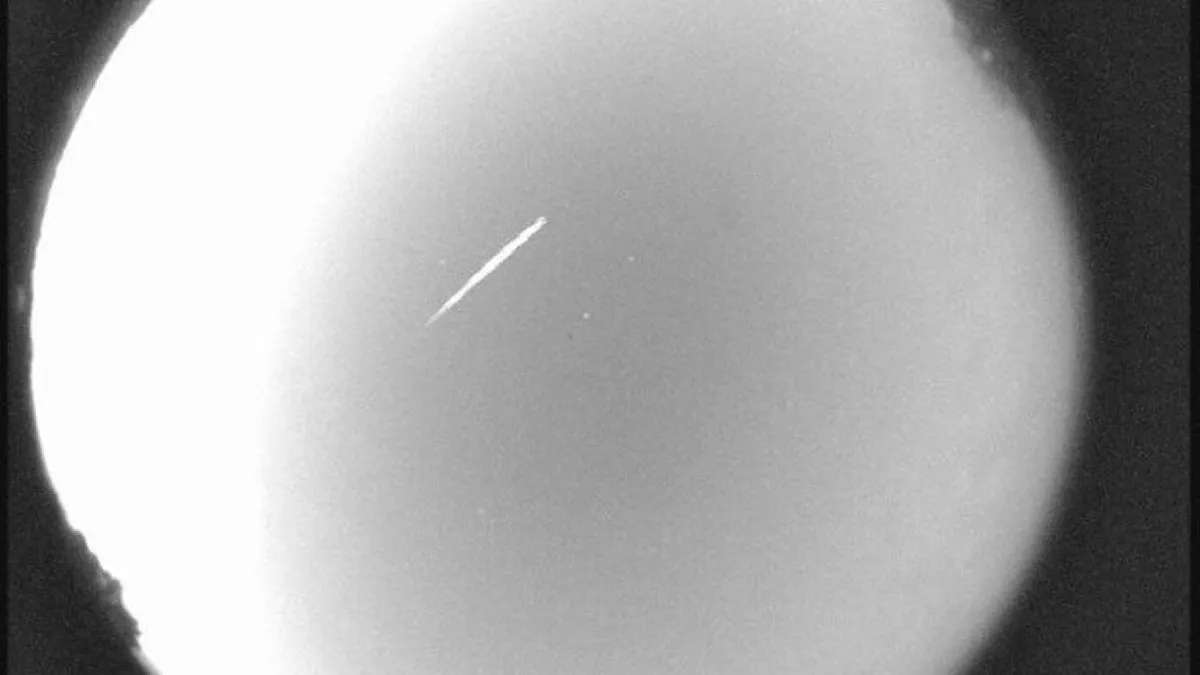
It's time to roll out your picnic blanket and unfold those lawn chairs, as a breathtaking celestial event is on the horizon. The annual Eta Aquarid meteor shower is set to peak in the very early morning hours of May 6. According to NASA, this meteor shower will feature meteors streaking across the sky at impressive speeds of 40.7 miles per second. Prepare yourself for a stunning display that is not to be missed!
The Eta Aquarid meteor shower originates from the remnants of comet particles, fragments of broken asteroids, and other cosmic debris linked to the renowned Halley's Comet. This famous comet has a lengthy orbital period, taking approximately 76 years to complete a full revolution around the Sun. Each year, as Earth passes through the trail of particles left behind by Halley’s Comet, we witness the spectacular display of meteors.
Timing and location are crucial for experiencing the peak of the Eta Aquarid meteor shower. NASA suggests that the moon will set around 3 a.m. on May 6, creating ideal dark sky conditions for meteor spotting until dawn. For those residing in the Northern Hemisphere, you can anticipate witnessing approximately 10 to 20 meteors per hour. In contrast, viewers located south of the equator will enjoy a more vibrant display, with expectations of seeing around 50 meteors per hour.
The difference in meteor visibility between hemispheres can be attributed to the position of the Eta Aquarids' radiant—the point in the sky from which meteors appear to emanate. In the Southern Hemisphere, the radiant is located within the Aquarius constellation, which is positioned higher in the sky compared to its Northern Hemisphere counterpart. This makes for a more active and dynamic meteor shower experience for southern viewers.
To fully enjoy the magnificence of the Eta Aquarid meteor shower, consider these expert tips from NASA:
Find a Dark Location: Choose a spot far away from city lights to enhance your visibility. Bring Comfortable Seating: Pack a picnic blanket or lawn chairs to stay comfortable while you watch the sky. Allow Your Eyes to Adjust: Give yourself at least 20 minutes in the dark to let your eyes adapt for optimal sighting. Look Up: Focus your gaze upwards, especially in the direction of the Aquarius constellation, to catch the most meteors. Be Patient: Enjoy the experience and be ready to spot meteors, as they can appear at any moment.Mark your calendars and set your alarms for May 6, as the Eta Aquarid meteor shower promises to be a stunning showcase of nature's beauty. Gather your friends and family, and prepare for an unforgettable night under the stars!